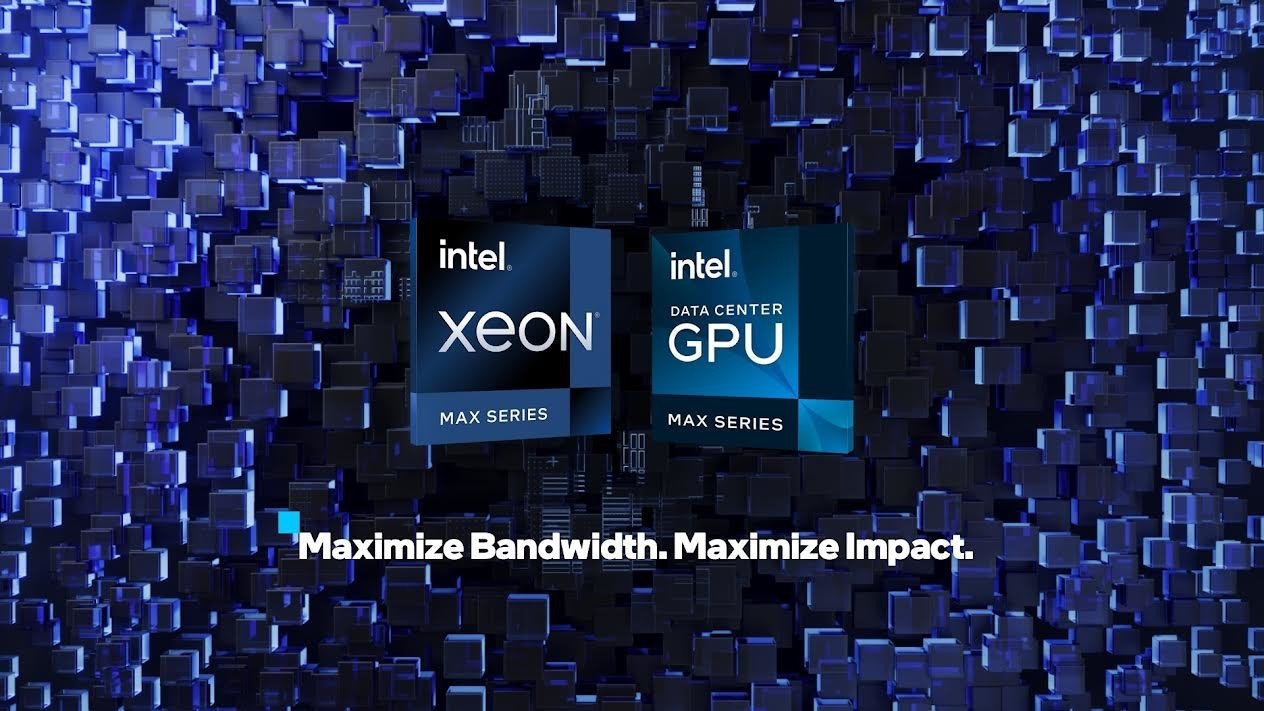In a bid to shake up the AI accelerator market, Intel has unveiled its highly anticipated Ponte Vecchio chips, marking a significant step in its quest to challenge the dominance of Nvidia and AMD. These new processors boast impressive performance and versatility, targeting both training and inference workloads in various AI applications.
Key Highlights:
- Ponte Vecchio boasts HBM3 memory with up to 128GB capacity, offering exceptional bandwidth for data-intensive AI tasks.
- Xe HPC architecture delivers significant performance gains, outperforming previous Intel offerings and competing with Nvidia and AMD chips.
- Intel oneAPI software simplifies programming and development, aiming to foster broader adoption across the AI landscape.
- Ponte Vecchio targets diverse applications, including scientific computing, data analytics, and artificial intelligence.

Ponte Vecchio: Powering the AI Revolution
Intel’s Ponte Vecchio chips are built on the Xe HPC architecture, featuring multiple compute tiles packed with vector engines and matrix multipliers. This design caters specifically to the demands of AI workloads, enabling faster processing of large datasets and complex algorithms. Compared to its predecessors, Ponte Vecchio delivers a significant performance boost, with some benchmarks suggesting up to a 5x improvement in specific tasks.
One of the key advantages of Ponte Vecchio lies in its memory prowess. Each chip can be equipped with up to 128GB of high-bandwidth memory (HBM3), dramatically reducing bottlenecks and accelerating data flow. This is crucial for AI applications that deal with massive amounts of information, such as training large language models or processing high-resolution medical images.
Simplifying AI Development with oneAPI
Intel recognizes the importance of making AI development accessible to a broader range of users. To address this, the company has introduced its oneAPI software platform. oneAPI provides a unified programming interface that simplifies code development for diverse hardware architectures, including Ponte Vecchio. This approach aims to lower the barrier to entry for developers and researchers, potentially unlocking the power of AI for a wider range of applications.
Beyond Gaming: A Broader Vision for AI
While Intel has traditionally been known for its focus on the gaming industry, Ponte Vecchio represents a strategic shift towards the burgeoning AI market. The new chips are targeted at various sectors, including scientific computing, data analytics, and of course, artificial intelligence itself. From facilitating drug discovery simulations to powering autonomous vehicles, Ponte Vecchio has the potential to drive advancements across various fields.
The Battle for AI Dominance Heats Up
The arrival of Ponte Vecchio marks a new chapter in the intense competition within the AI accelerator market. Nvidia currently holds the top spot with its A100 Tensor Core GPUs, while AMD recently entered the fray with its Instinct MI300 series. Intel’s entry into the fray with Ponte Vecchio adds another dimension to the competition, potentially disrupting the existing market dynamics.
It remains to be seen how Ponte Vecchio will fare against its rivals in the long run. However, its impressive performance, versatile architecture, and focus on developer accessibility indicate Intel’s serious intent to carve out a significant share of the AI accelerator market. The coming months will be crucial as developers and researchers begin to benchmark and deploy Ponte Vecchio in real-world scenarios, offering a clearer picture of its potential impact on the AI landscape.
















